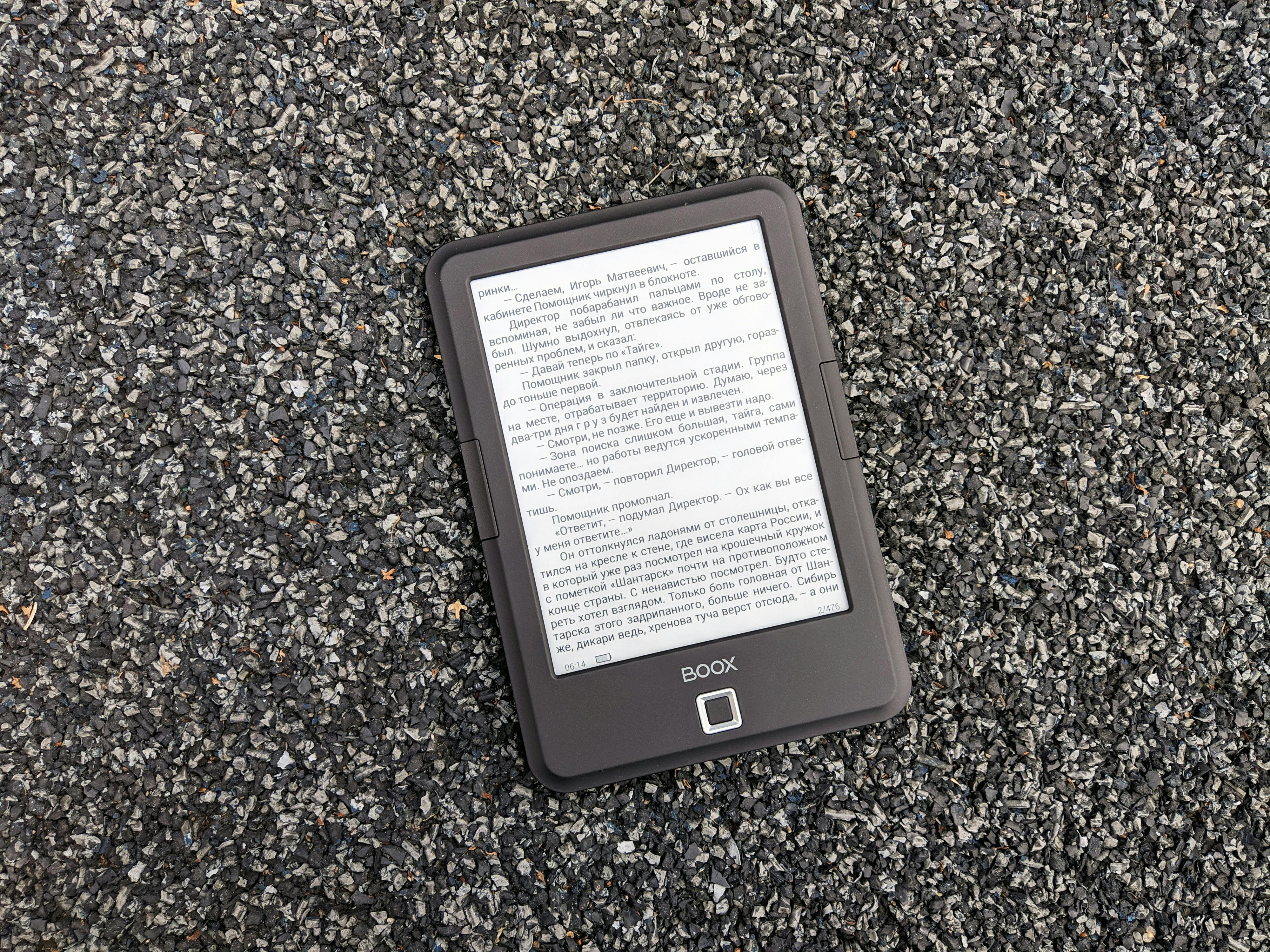Dissecting the World of E-ink: The Tech Behind Your E-reader
Introduction: In an era where screens dominate our lives, there's one technology that's making a significant mark on our reading habits, E-ink. This revolutionary tech has been a game-changer for devices like e-readers, allowing for a reading experience that mirrors the comfort of traditional books. In this article, we'll delve into the history, the current state, and future possibilities of E-ink technology.

The History of E-ink
E-ink, short for electronic ink, was first developed in the 1990s by MIT Media Lab students. Their goal was to replicate the appearance of ink on paper in a digital format. This led to the creation of a technology that uses microcapsules filled with electrically charged particles suspended in a liquid. When a specific electric field is applied, these particles move, creating varying levels of grey or color.
The Present State of E-ink
E-ink’s primary application has been in the realm of e-readers, like Amazon’s Kindle, which has given a significant boost to the technology’s popularity. The advantage of E-ink lies in its power efficiency and readability. Unlike traditional screens, E-ink screens only consume power when the display is changed, making e-readers last weeks on a single charge. Moreover, its ability to mimic the look of paper, combined with a non-reflective surface, reduces eye strain, making it an ideal choice for long reading sessions.
The E-ink Market
According to a report by Market Research Future, the global E-ink display market is expected to grow at a CAGR of 6% during the forecast period of 2020-2025, reaching a valuation of USD 28 billion by 2025. This growth is driven by the rising demand for on-the-move information, the increasing adoption of e-readers, and the growing usage of E-ink displays in various sectors like retail, transportation, and education.
The Future of E-ink
So, what does the future hold for E-ink technology? While it’s currently heavily used in e-readers, its potential applications are vast. E-ink is starting to find its way into other devices like smartwatches, mobile phones, and even digital signage. Companies are now working on color E-ink displays, which could open up new avenues for this technology, extending its use to devices like tablets and even televisions.
E-ink: The Verdict
E-ink technology has undoubtedly revolutionized our reading habits, providing an almost paper-like reading experience while offering the convenience of digital technology. Its future looks bright, with its potential applications seemingly limitless. As we continue to search for ways to reduce screen time and eye strain, E-ink might just be the solution we’ve all been looking for.
In conclusion, E-ink technology is a prime example of how technological advancements can seamlessly integrate with our daily lives, improving our experiences without us even noticing. It’s a testament to the idea that sometimes, the best technology is the one that’s barely noticeable.




